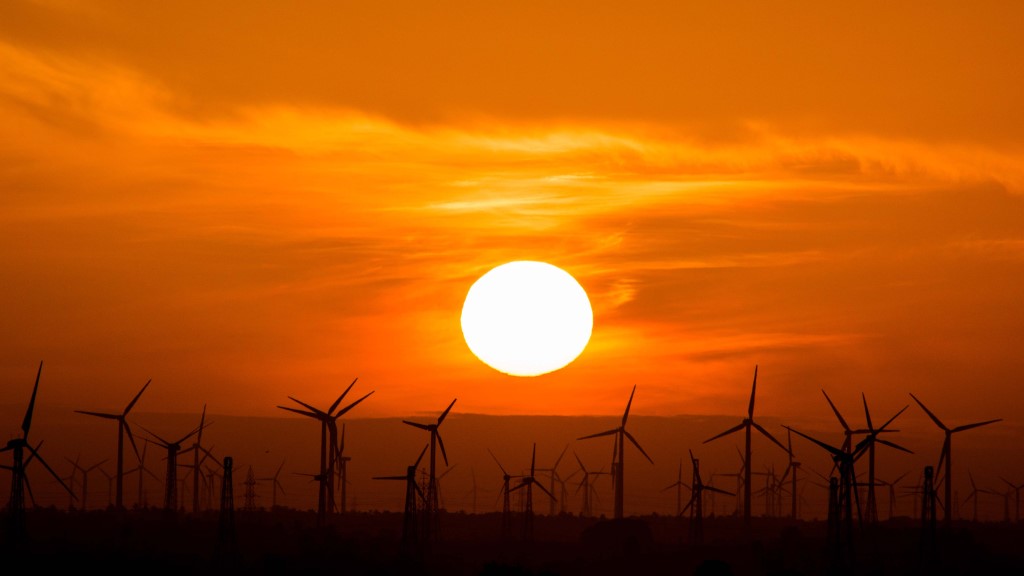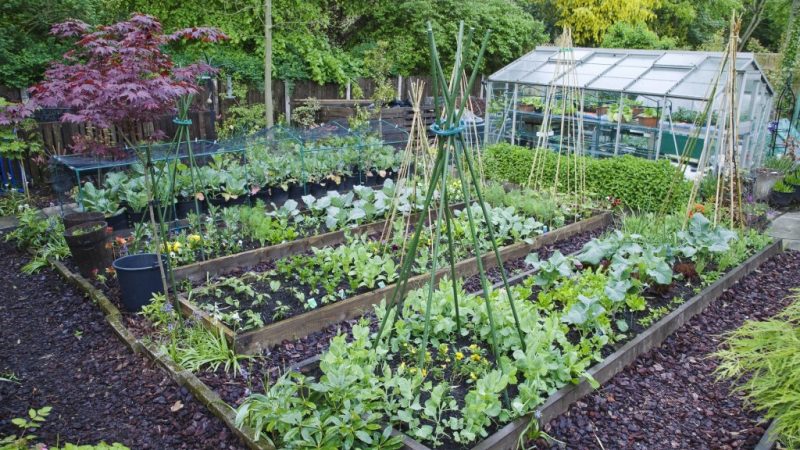Even without spending very much time or money, you can start switching to solar power and save money on electricity in the process.
Solar power is great. It is clean and green. But unfortunately it also takes a lot of money to set up considering the cost of solar panels.
Even with tax incentives, most people will not be able to afford solar shingles or a full solar panel system to cover their total power needs.
If you can’t completely switch over to solar, you can take little steps towards switching. Each little step gets you closer to being completely solar.
Doing it in step makes it easier financially. If you do it this way, you can save money and help the environment while moving toward solar or wind power.
1. Check your energy use
The easy way to find out how much energy you use is to look at your electric bill. Find out how many kilowatt hours you use on average every day. This will give you a general idea of how much you are using and how much solar power you need to buy.
Once you have a general idea you need to start looking at the specific items and devices that are using that electricity. You will need to get an electricity usage monitor.
A popular model is the Kill-a-Watt. You just plug it into your outlet and plug your devices into the Kill-a-Watt. The LCD display will show you the amount of power being used by whatever is plugged into it. You may be surprised by the number of items that you think are “off” but are actually using electricity.
Many electronic devices, like laptops, TVs and printers will actually use power while not being used. The amount of power may not be much but if they are plugged in 24 hours a day the cost will add up. Do this for every item in your house.
Once you find out which items are using electricity you can unplug the ones that you aren’t actively using and plan what to do about other items (such as replacing them with a lower power version).
2. Switch small items to batteries
It may sound more expensive to buy rechargeable batteries, but what you can do is buy a solar battery charger to charge them. Once you have done that you won’t have to pay for the power to run those devices or appliances and they will become “free” to operate. Every time you charge, you can charge for free.
Pick a standard size of battery (AA or AAA) and try to buy devices or appliances that use those batteries, if possible. Almost all small devices and small appliances can be switched to run on batteries allowing you to operate them without electricity using your solar charger.
For items like phones and laptops, there are also solar chargers specifically for them as well. Instead of charging your cell phone every night you can get a solar charger to charge it. If you need to charge overnight, you can buy a power bank and have the solar charger top up the power bank’s battery which you can use to charge your phone at night.
3. Change to solar lights
Lights are probably one of the most common uses of electricity and also the easiest to deal with. With current generation of LED bulbs you can cut down on the amount of power you need to use to light your house and also run them off solar. You hear more about solar powered garden lights but there are also emergency solar lights, solar lanterns, as well as indoor/outdoor solar lights.
If you take a look at solar lanterns many have built in batteries and can also be used to charge your electronics (like your cell phone). They work great for camping and for emergency purposes as well. There are many models and styles to suit anyone, from decorative vintage style hanging lanterns to modern collapsible lights. Buying a solar lantern with a charger for electronics is a simple and easy way to make a big step toward switching to solar.
4. Change your power habits
For the things that you can’t switch to batteries but take a lot of power, try to change how often you use those items.
Take something like a microwave. The convenience of the microwave leads to overuse and waste. While you may not be able to get rid of your microwave right away, you can unplug it. This will save you from the residual power draw of the clock etc. and help you to save money as well. Once you unplug your microwave, it will become more of a hassle to just pop something in and give you more incentive to use conventional ovens, Dutch ovens, crock pots and slow cookers.
Pro Tip
Some 30% of energy is wasted due to evaporation, boiling, and heat lost without the lid.
Dealing with large appliances
Once you have finished taking these small steps toward converting to solar power you can plan for what to do with your bigger items. While it may seem great to say you don’t need a washer or dryer, it can be difficult in practice.
As with the strategy toward microwave use, try to minimize the usage of the washer and dryer. Small clothing items can be washed and dried without too much trouble, but bigger items like towels and sheets are rather inconvenient to do manually. Minimize the number of loads you do per week and also reduce the amount of time for each load.
Always use cold water because hot water will be coming from your water heater, therefore using more electricity. Eventually you can look into solar ovens, solar water heaters, and making your house more energy efficient by using energy saving curtains and shades for your your windows, checking insulation around doors, among others.
Final Thoughts
No one can say that its too hard or too expensive and this will let you take a concrete step toward switching to solar. Once you have started and you see how you are saving money (and the environment) you can later look at taking other steps. Don’t think that you need to switch overnight, big changes are hard to implement immediately.
When you think of all the things you need to do to convert to solar may seem overwhelming but don’t let this stop you from your goal. Take things step by step.






